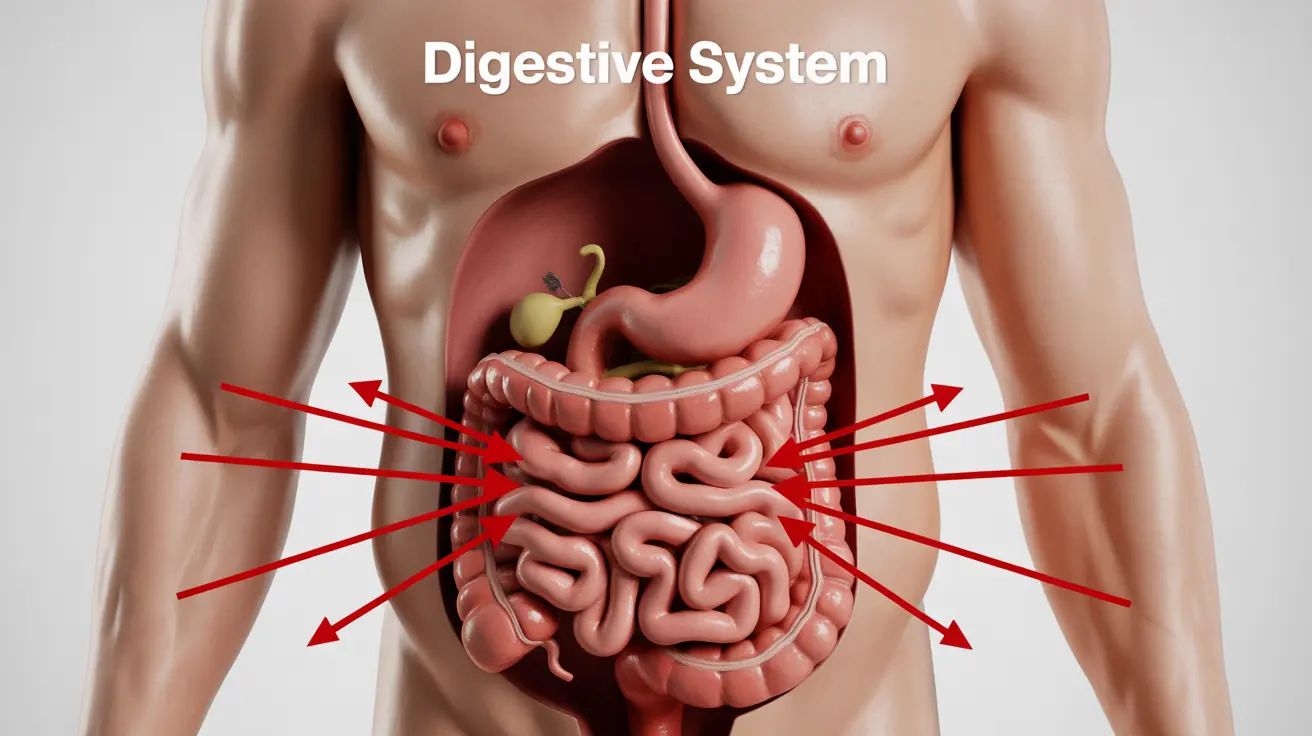Dealing with occasional heartburn and indigestion can be uncomfortable and disruptive to daily life. Antacids like Gaviscon and TUMS offer quick relief for those unexpected moments of digestive discomfort. Understanding how these medications work, their differences, and their proper use can help you make informed choices about managing your digestive health.
This comprehensive guide will explore the world of antacids, providing insights into their mechanisms, effectiveness, and important considerations for safe use.
What Are Antacids?
Antacids are over-the-counter medications designed to provide rapid relief from heartburn, acid indigestion, and stomach upset. These medications work by neutralizing stomach acid, helping to alleviate the burning sensation and discomfort associated with excess stomach acid.
Types of Antacids
Antacids come in various forms, including:
- Tablets
- Chewable gummies
- Liquid formulations
- Effervescent powders
Common Active Ingredients
Different antacid brands utilize various active ingredients, each with unique properties:
- Calcium carbonate (found in TUMS)
- Sodium bicarbonate (common in Alka-Seltzer)
- Magnesium compounds
- Aluminum hydroxide
- Alginate compounds (found in Gaviscon)
How Gaviscon and TUMS Work Differently
TUMS: Calcium Carbonate Action
TUMS primarily use calcium carbonate to neutralize stomach acid quickly. When consumed, these tablets immediately begin to counteract excess acid in the stomach, providing fast relief from heartburn symptoms.
Gaviscon: Advanced Acid Protection
Gaviscon offers a more comprehensive approach to acid relief. In addition to neutralizing stomach acid, it contains alginate, which creates a protective foam barrier that helps prevent acid from reaching the esophagus. This unique mechanism provides both neutralization and a physical barrier against acid reflux.
Safety Considerations for Antacid Use
Pregnancy and Antacid Use
Pregnant women should exercise caution when using antacids. Calcium carbonate-based options like TUMS are generally considered safe, while sodium bicarbonate and aspirin-containing antacids should be avoided.
Potential Side Effects
While antacids are generally safe, they can cause side effects depending on their composition:
- Magnesium-containing antacids may cause diarrhea
- Calcium or aluminum-based antacids might lead to constipation
- Sodium bicarbonate can cause fluid retention
When to Seek Medical Advice
Not all heartburn is created equal. Consider consulting a healthcare professional if you experience:
- Persistent heartburn occurring two or more times per week
- Difficulty swallowing
- Unexplained weight loss
- Chronic digestive discomfort
Lifestyle Tips for Managing Heartburn
Beyond medication, several lifestyle modifications can help reduce heartburn:
- Maintain a healthy body weight
- Avoid eating late at night
- Limit trigger foods like spicy, fatty, or acidic items
- Eat smaller, more frequent meals
- Avoid lying down immediately after eating
Frequently Asked Questions
What are the key differences between Gaviscon and TUMS for treating acid reflux?
Gaviscon offers a dual-action approach with acid neutralization and a protective foam barrier, while TUMS primarily neutralize stomach acid through calcium carbonate. Gaviscon may provide longer-lasting relief, whereas TUMS offer quick, immediate symptom reduction.
How do antacids like TUMS and Gaviscon work to relieve heartburn and indigestion?
These antacids neutralize excess stomach acid by introducing alkaline compounds that reduce the overall acidity in the stomach, alleviating the burning sensation associated with heartburn and indigestion.
Are calcium carbonate antacids like TUMS safe for pregnant women to use?
Calcium carbonate-based antacids like TUMS are generally considered safe during pregnancy. However, pregnant women should always consult their healthcare provider before starting any new medication.
What are some common side effects of using aluminum hydroxide and magnesium carbonate antacids?
Common side effects include constipation from aluminum-based antacids and diarrhea from magnesium-containing antacids. Long-term or excessive use can potentially interfere with mineral absorption and digestive function.
How often can I take antacids safely, and when should I consult a doctor?
Occasional use of antacids is generally safe. However, if you find yourself needing antacids more than twice a week, it's crucial to consult a healthcare professional to rule out underlying conditions like GERD.
Remember, while antacids provide temporary relief, they are not a long-term solution for chronic digestive issues. Always prioritize understanding the root cause of your symptoms and seek professional medical advice when needed.




